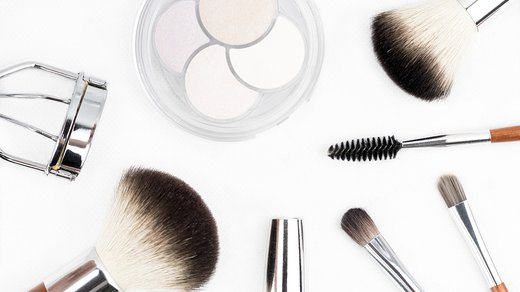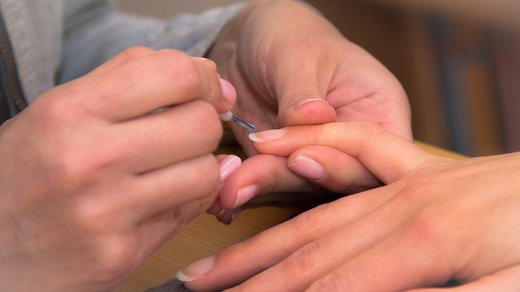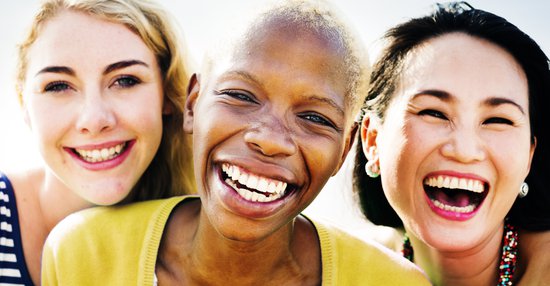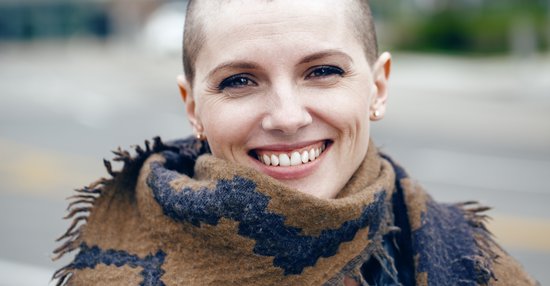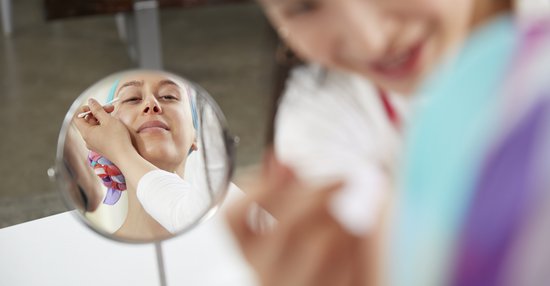Sun Protection
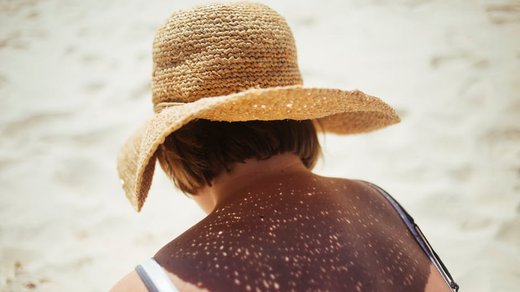
The sun can have harmful effects on skin at any time of the year. However, radiation and chemotherapy treatments, as well as some medications, can increase your susceptibility to sunburn and skin damage. As a general rule, no sun exposure is a good idea when you’re receiving radiation treatment if the site of the treatment is exposed skin. Your doctor may not want you to put sunscreen or any cream on while you’re receiving radiation treatment as the skin is prone to injury at that time. Always check with your radiation oncologist.
HERE ARE SOME OTHER SUN PROTECTION TIPS:
- Use a sunscreen that is specially formulated for your face.
- Apply sun protection daily and liberally – a dollop about the size of a golf ball – to all exposed skin, such as the lips, ears, scalp, sides and back of neck, and décolleté.
- Get in the habit of applying sun protection every morning, about 20 to 30 minutes before going outside, and reapply often – about every two hours.
- Remember that you’re still exposed to UVA/UVB rays even in shady areas.
- If you’re indoors, windows offer no protection against UVA rays.
- Stay inside during the intense-sun hours of 11 a.m. to 4 p.m.
- Don’t forget to wear a hat – preferably one with a wide brim of about three inches.
- If wearing makeup, apply the sunscreen first.
- Don’t forget your eyes – they need protection too. Wear sunglasses with UVA/UVB protection.
REMEMBER:
- It doesn’t add up... if your moisturizer and foundation both have an SPF of 15, it doesn’t mean that you’ll have a protection of SPF 30.
- If you’re having radiation treatment, don’t use sunscreen until your treatments are finished, or unless you’ve received your doctor’s approval. Choose sun protection that delivers both UVA and UVB protection in a broad spectrum SPF 30 or higher.
What does it mean? Confused by all the talk about UVA and UVB? Here’s a brief explanation of the differences:
- UVA is long-range ultraviolet radiation that has the ability to penetrate deep into the skin, causing immediate tanning, premature skin ageing and can play a role in the development of certain skin cancers. UVA is not readily absorbed by the ozone layer – about 95% gets through.
- UVB is short-wave ultraviolet radiation that can penetrate the epidermis and is responsible for delayed tanning, sunburns and most skin cancers.
- A large portion of UVB is absorbed by the earth’s ozone layer – only 5% reaches the planet’s surface.
SOURCE: HEALTH CANADA
